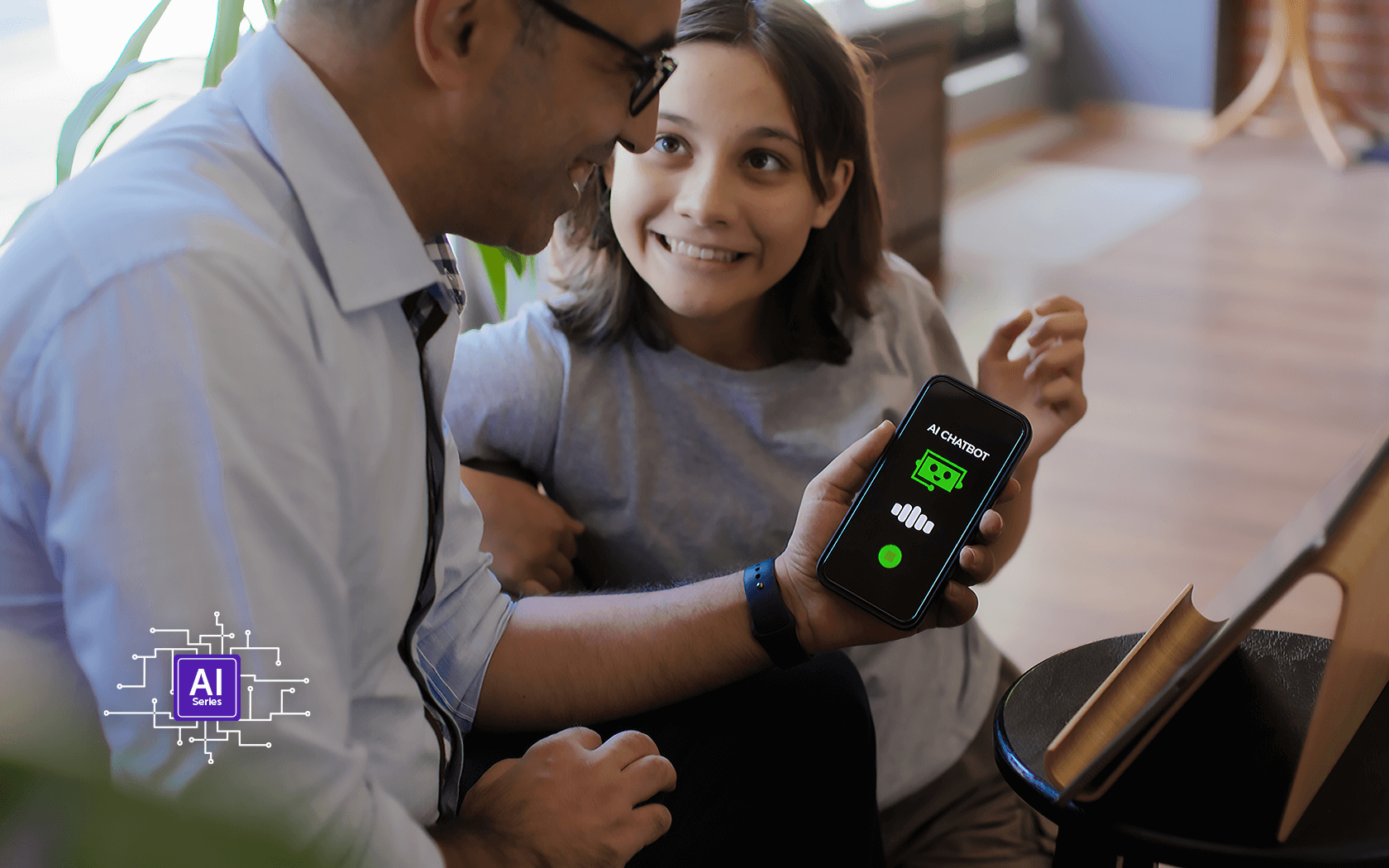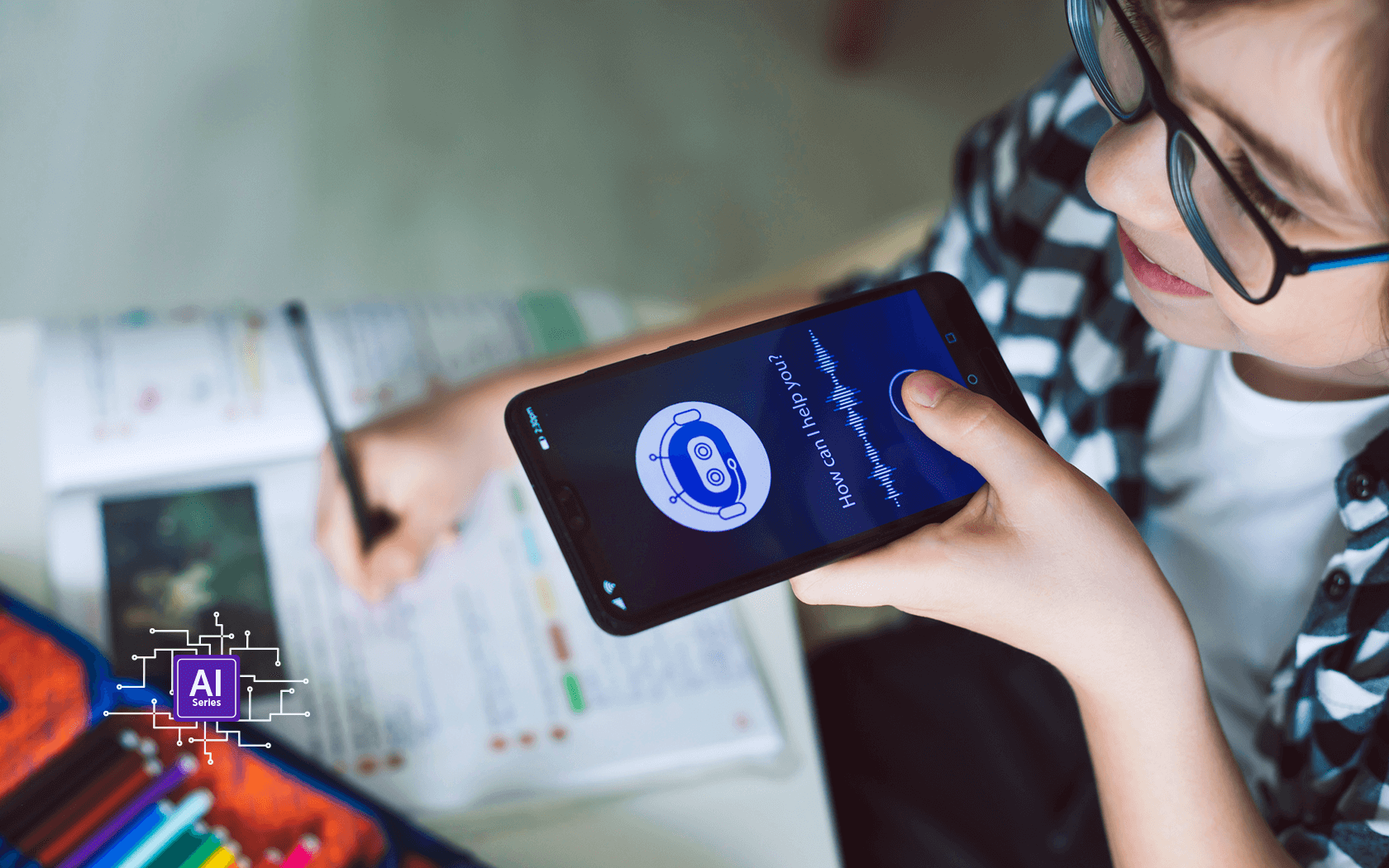One minute, AI is writing a bedtime story for your kids. The next, it’s telling you to glue cheese to your pizza. Welcome to the world of artificial intelligence, where a powerful tool is getting smarter by the day, but still has a lot to learn. If your child is using tools that include AI (or soon will), it’s helpful to know what AI can actually do and where it still falls short.
This post breaks down the impressive things AI can pull off, the places it gets tripped up and how you can help your kids make sense of both.
{{subscribe-form}}
What AI is good at
AI is surprisingly capable in a few key areas, and chances are, your child has already seen it do some of these things. Here’s what it tends to do well:
- Recognizing patterns: AI can sift through huge amounts of data to find patterns. That’s why it’s good at recognizing faces in photos, sorting pictures into categories or flagging spam emails.
- Creating content: Some AI tools can generate writing, draw pictures, compose music or even make videos. For kids, that might look like typing a prompt and getting a wild new creature illustration in return.
- Answering questions: AI chatbots can give fast answers to basic questions, like a built-in search engine that talks back. It’s handy for facts and definitions (but more on that in a minute).
- Personalizing experiences: Whether it’s recommending videos or adjusting the difficulty of a math game, AI can tailor content to your child’s interests or skill level.
- Helping with accessibility: Voice assistants, auto-captioning, translation tools and speech-to-text all use AI to make tech easier for more people to use.
What AI struggles with
For all its strengths, AI still gets a lot of things wrong, and those mistakes can be confusing, especially for kids. Here’s where it falls short:
- Common sense reasoning: AI doesn’t “know” things the way humans do. It guesses based on patterns, not understanding. So it might tell you the sky is green if that’s what the pattern suggests.
- Accuracy: AI answers with total confidence—even when it’s wrong. Depending on the model and the question, it can make mistakes an awful lot of the time. In one study by Columbia Journalism Review, chatbots got basic article details wrong more than 60% of the time. That can certainly be confusing for kids.
- Context: AI often misses the tone or nuance of a situation. A joke might get taken seriously, or a serious question might get a silly response. It can even mistake satire—like something from The Onion—as real news.
- Boundaries: Some AI tools can produce weird, scary or inappropriate results, especially if they’re not designed with kids in mind.
- Ethics and bias: Most AI is trained on huge swaths of the internet—meaning it’s built on all the biases, stereotypes and misinformation the web contains. Developers try to reduce that harm, but it still shows up.
How kids might experience the highs and lows
AI can be fun, fast and creative, which is why it’s so appealing to kids. It can surprise them with silly pictures, help them write stories or give them instant answers to tricky questions.
But those same tools can also confuse them. They might see results that don’t make sense or that feel a little too real. And because AI always sounds confident, kids may not realize when it’s wrong.
That’s why it’s important for parents to stay in the loop and help kids build digital instincts.
What parents can do
You don’t need a degree in computer science to guide your child through AI. A little curiosity and a few open conversations go a long way. Try this:
- Explore AI tools together. Ask your child to show you how they use them, and try them out yourself.
- Talk through the weird results. When AI makes a mistake, point it out and ask your child what they think happened.
- Model healthy skepticism. Show that it’s okay (and smart!) to question what AI says or shows.
- Keep it playful. Use AI’s quirks as an opportunity to laugh, learn and stay connected.
Takeaway: super smart, not superhuman
AI is an amazing tool, but it’s not magic. It can do some pretty incredible things, but it also gets plenty wrong. Helping your child understand both the strengths and the limits of AI is key to raising thoughtful, tech-savvy humans.
Image Credit: portishead1 / Getty Images
{{messenger-cta}}



























